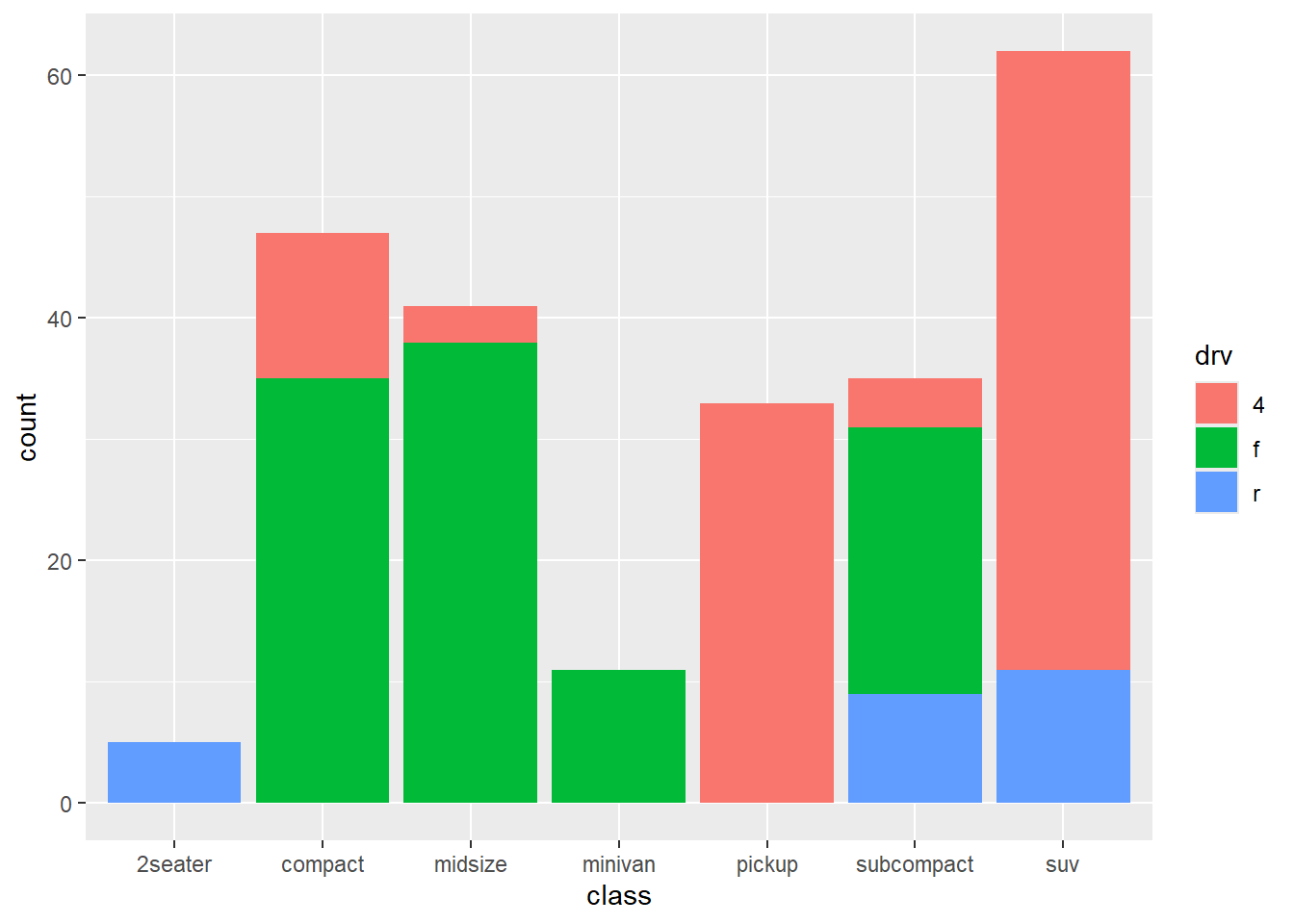

#R STUDIO COMMANDS TO MAKE A BAR GRAPH SOFTWARE#
#R STUDIO COMMANDS TO MAKE A BAR GRAPH HOW TO#
Learn how to include bar charts to interactive dashboards: Fill out the subscribe form below so you never miss an update.Īre you completely new to R? Check out our detailed R guide for programmers. You can expect more basic R tutorials weekly (probably Sunday) and more advanced tutorials throughout the week. You’re now able to use bar charts for basic visualizations, reports, and dashboards. Today you’ve learned how to make every type of bar chart in R and how to customize it with colors, titles, subtitles, and labels.

Image 20 – Labels centered inside the grouped bar chartĪnd that’s all there is about labels and bar charts. Geom_text(aes(label = profit), vjust = -0.5, size = 5) Ggplot(data_a, aes(x = quarter, y = profit)) + You’ll learn how to add labels for multiple stacks later, but let’s start with the basics. The reason is simple – ggplot2 uses stacked bar charts by default, and there are two products in the stack for each quarter.

For the first example, you’ll need to filter the dataset so only product A is shown. You’ll learn how to put labels on top of bars. It also makes it more user-friendly, as you don’t have to divert your view to the y-axis constantly. That solves the problem of reading values from the chart. You can put text somewhere near the top of each bar to show the exact value. If the y-axis is on a scale of millions, reading values from a chart becomes an approximation (at best). Knowing the exact value is often a requirement. Let’s see what that is in the next section. Now you know how to make every type of bar chart – but there’s still one thing you can improve. Image 16 – Horizontal bar chart with custom colors You can create a simple bar chart with this code: ggplot(data, aes(x = quarter, y = profit)) + With the first option, you need to specify stat = "identity" for it to work, so the ladder is used throughout the article. The geom_bar and geom_col layers are used to create bar charts. That’s declared in the first layer (data), and the second layer (visualization) specifies which type of visualization you want. To start, you’ll make a bar chart that has the column quarter on the x-axis and profit on the y-axis. You’ll see later how additional layers can make charts more informative and appealing. These two are mandatory for any visualization. For example, you first declare a data layer and then a visualization layer. R’s standard library for data visualization is ggplot2. Here’s the dataset you’ll use today: library(ggplot2) The reasoning is simple – you’re here to learn how to make bar charts, not how to aggregate data. There are plenty of datasets built into R and thousands of others available online. Make stacked, grouped, and horizontal bar charts.You’ll also learn how to make them aesthetically-pleasing with colors, themes, titles, and labels. This article shows you how to make all sorts of bar charts with R and ggplot2.

Want to make your workflow more productive? Here’s our curated list of RStudio shortcuts and tips. If you use tools and techniques discussed in this article, the chances for your visualization to be classified as “terrible” will be close to zero. Not everyone will recognize a great visualization, but everyone will remember a terrible one. The language of data visualization is universal.


 0 kommentar(er)
0 kommentar(er)
